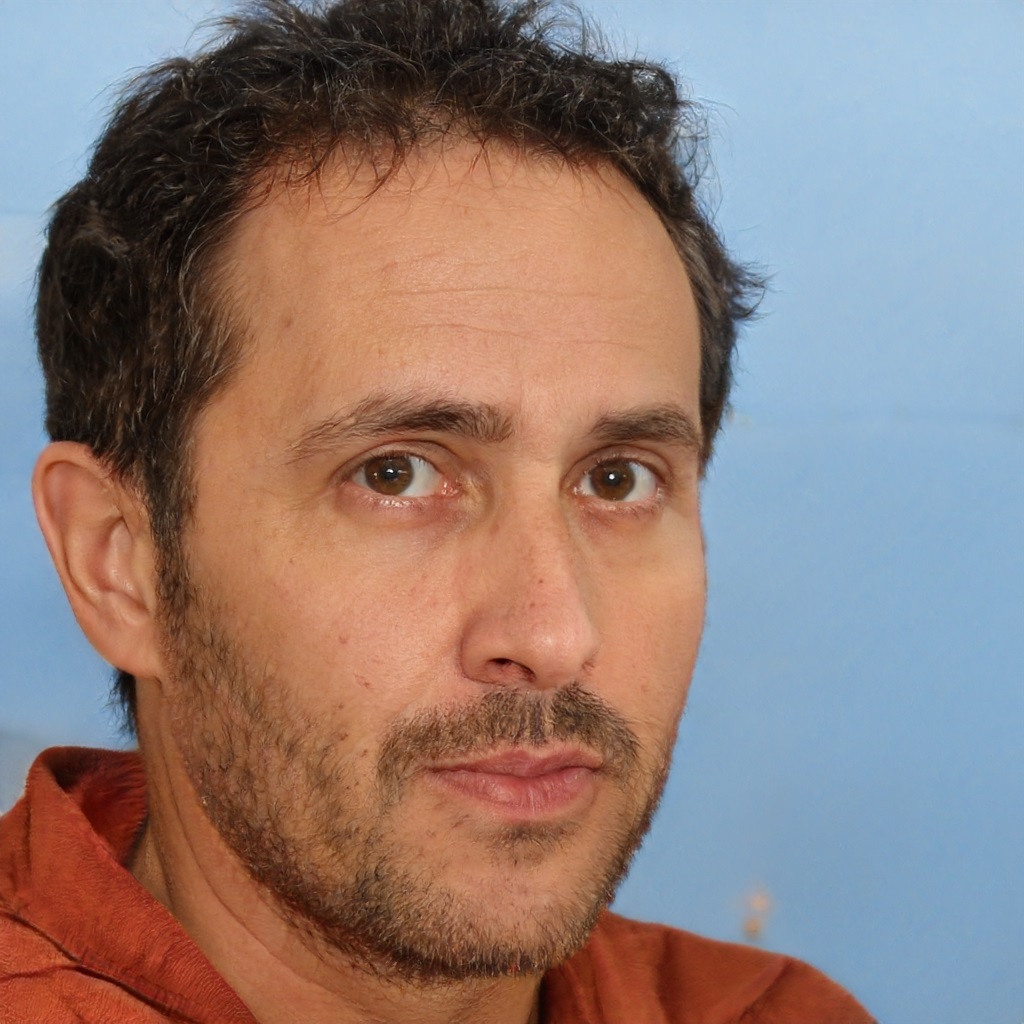Tenerife – ¨Island of Eternal Spring¨
Located in the Atlantic Ocean Tenerife is just off the north west coast of Africa lying at the same latitude as the Sahara Desert enjoys a warm tropical climate and is the most populated of the Canary Islands and of Spain. With Santa Cruz as its capital it is one of the most important tourist destinations in Spain and the world. Tenerife is the home to Mount Teide, the highest elevation in Spain and the Islands of the Atlantic Ocean. It is also the third largest Volcano in the world from its base and for this reason is the tenth highest island worldwide. Teide National Park is a World Heritage Site and the earliest known human settlement in the islands date to around 200BC by indigenous people known as the Guanches who built pyramids to worship the sun before the Spanish conquered the islands. Its capital Santa Cruz is most famous for its battle with Horatio Nelson on the 25th July 1797, where on Nelson´s third attempt to take the island lost his arm and the battle.
Canary Islands where the stars smile down on you!
The positioning of the islands in the nothern latitude makes it possible to see all the constellations in the northern hemisphere, with the crystal clear night skies making stargazing a thrilling experience. Here you can feel the vastness of the Universe where thousands of stars appear to have formed a blanket over the islands. The Canary Islands are recognised on an international level for the exceptional conditions in which to observe the stars. The island´s government have taken special measures to protect clear skies from light polution and the quality of the sky is protected by law for the Astonomical Quality of the IAC Observatories and has 3 starlight reserves, a hallmark confirming a low level of light polution in the área. Teide Observatory is part of the Astrophysics Institute of the Canaries also more commonly known as IAC. Astophysics began in the Canary Islands in the early 1960´s at the Observatory which is 2,390 metres above sea level in Izaña. 1964 saw the first telescope for studying zodiacal light and it now houses Europes finest solar telescopes.
There is a mountain range on the moon called ¨Mounts Tenerife¨ because it was first observed by an astonomer whilst at the summit of Mount Teide.
With scientists such as Stephen Hawking making regular visits to Tenerife and participating in scientific festivals such as the Starmus Festival. Tenerife is fast becoming the place to be for astronomers and enthusiasts alike and is now recognised as one of the best places on the planet to observe the stars and to learn what is beyond the horizon. It is one of the most popular tourist destinations in the world with a growing number of visitors each year currently at 5.4 million to Tenerife alone and 14 million in the seven Canary Islands.

